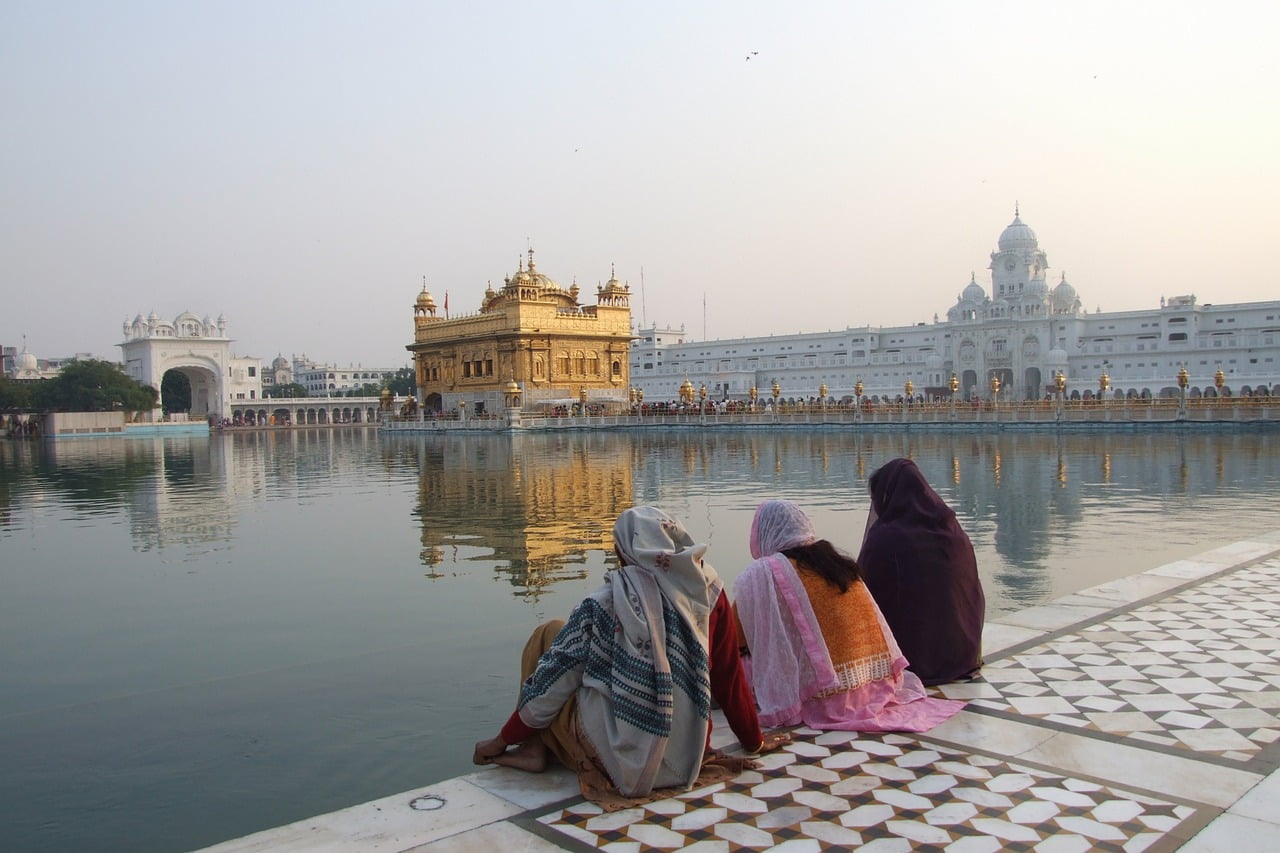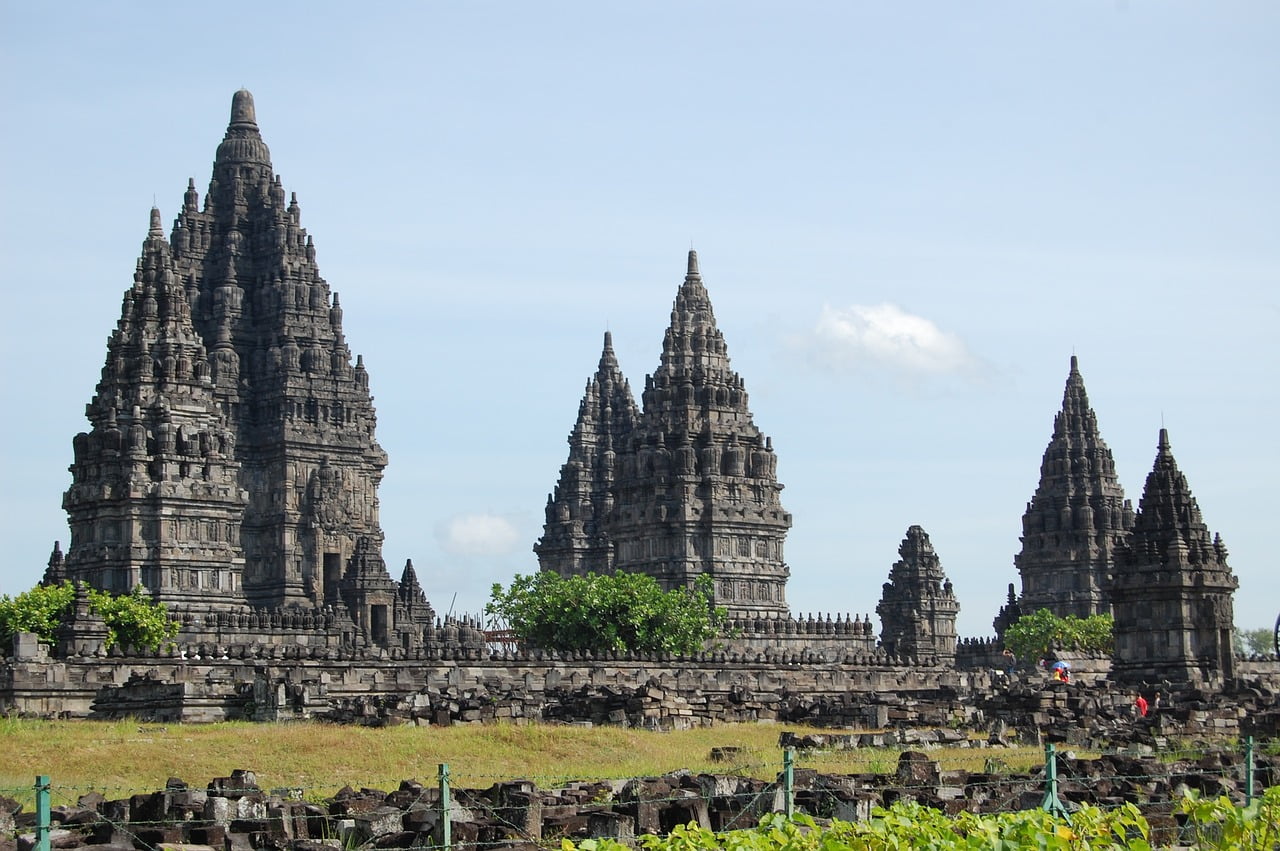The Principles of Sikhism: A Blend of Hinduism with Unique Modifications
Sikhism, a religion that originated in the Punjab region of India in the 15th century,…
The Significance of “Singh” and “Kaur” in Sikhism: A Symbol of Equality and Unity
In Sikhism, the names "Singh" and "Kaur" hold great significance as they were introduced by…
The Concept of the Soul in Sikhism: Exploring the Sikh Perspective on the Afterlife
Sikhism, a monotheistic religion founded in the 15th century in the Punjab region of South…
Satjug, Treta, Dwapar, and Kalyug
Throughout history, various cultures and religions have described different eras or ages that shape the…
The Emphasis on the Present in Sikhism
One of the distinctive features of Sikhism is its focus on the present rather than…
The Seven Bodies of Man in Hinduism, Buddhism, Jainism, Sikhism, Judaism, Christianity, and Islam
Introduction In various religious traditions, the concept of the human body extends beyond the physical…
Understanding Mukti in Sikhism: How it Differs from Moksha and Salvation
Sikhism, a monotheistic religion founded in the 15th century in the Punjab region of South…
The Origins and Meaning of “Rest in Peace” (RIP)
The phrase "Rest in Peace" (RIP) is a common expression used to convey the wish…
The Five Senses of the Soul Explained in Sikhism
In Sikhism, the five senses are considered messengers or channels that connect the body to…










